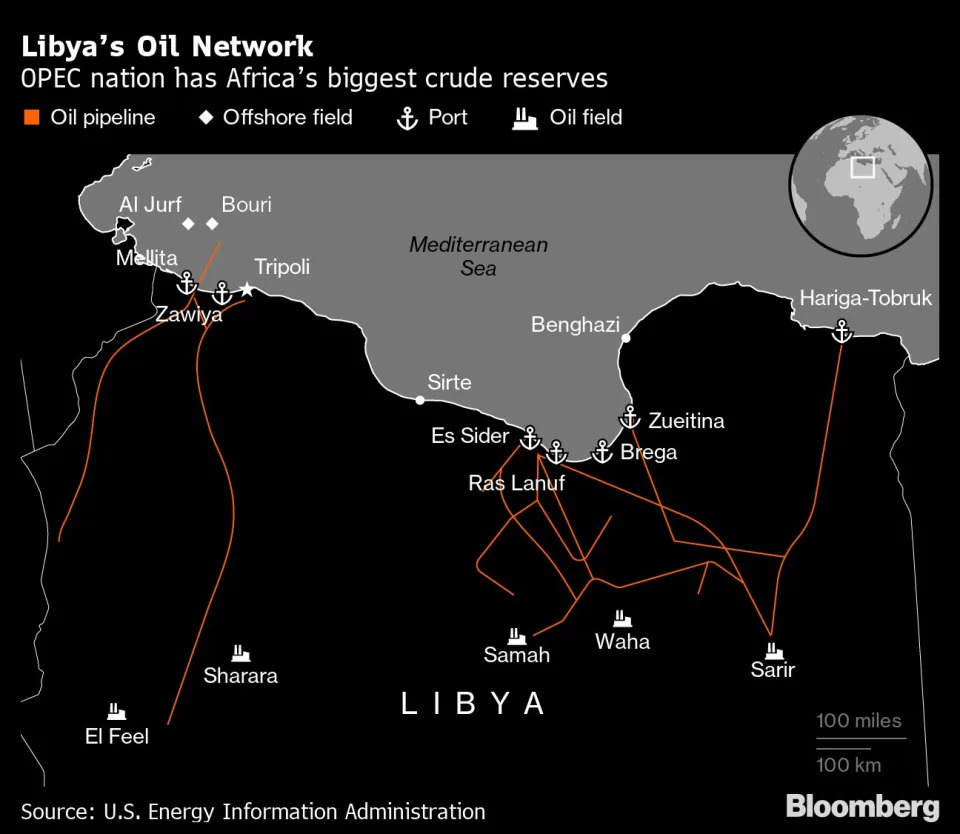By Roshan Thomas
(Reuters) - Investors piled up bullish bets on Asian currencies, including the yuan, as easing U.S.-China tariff tensions, new trade deals and a growing unease with U.S. policies prompted them to pull out of dollar assets, a Reuters poll showed on Thursday.
Investors sought long positions across the board, with those in the Taiwanese dollar and Philippine peso climbing to their highest since the end of 2020, according to the fortnightly poll of 10 respondents.
All responses were collected before a U.S. trade court on Wednesday blocked President Donald Trump’s sweeping tariffs, ruling he overstepped his authority by imposing duties on countries with trade surpluses against the United States.
Long bets on the Chinese yuan were the highest since October last year - a month before Donald Trump was re-elected as the President of the United States - buoyed by signs of renewed dialogue on trade between Washington and Beijing after months of posturing and threats. The yuan rose 1% this month.
Trump’s tariff flip-flops and the mounting worries over a ballooning U.S. deficit have dented confidence in American assets, piling pressure on the dollar and driving investors toward Asian currencies.
"Asian currencies are likely to stay firm against the U.S. dollar (USD) due to diversification outflows from USD assets into Asia, with investors being concerned over U.S. trade policy and its fiscal trajectory given proposed tax cuts", said Wei Liang Chang, market strategist at DBS Bank.
Southeast Asian leaders have also reached an understanding that any bilateral agreements they might strike with the United States on trade tariffs would not harm the economies of fellow members.
Parisha Saimbi, an FX strategist at BNP Paribas, said Asian currencies would remain somewhat supported, helped by the U.S.-China de-escalation and bilateral trade deals being reached.
Meanwhile, the Taiwanese dollar has gained more than 6% in May to record its best ever monthly gain.
Taiwan's president dismissed "false" claims of currency talks with Washington earlier in May, after the Taiwan dollar spiked on speculation the U.S. had pushed for its appreciation, fuelling market jitters over potential FX policy shifts.
The South Korean won has also jumped more than 4% this month amid a broad dollar selloff, with Seoul officials confirming currency policy was on the table during recent talks with U.S. counterparts in Milan, fuelling speculation of joint FX moves.
Bullish bets returned to the Indonesian rupiah for the first time since October 2024, as some investors looked past ongoing fiscal concerns and bet on policy direction stabilising.
Elsewhere, bullish bets on the Malaysian ringgit and Thai baht rose to their strongest levels since October 2024.
The Asian currency positioning poll is focused on what analysts and fund managers believe are the current market positions in nine Asian emerging market currencies: the Chinese yuan, South Korean won, Singapore dollar, Indonesian rupiah, Taiwan dollar, Indian rupee, Philippine peso, Malaysian ringgit and the Thai baht.
The poll uses estimates of net long or short positions on a scale of minus 3 to plus 3. A score of plus 3 indicates the market is significantly long U.S. dollars.
The figures include positions held through non-deliverable forwards (NDFs).
The survey findings are provided below (positions in U.S. dollar versus each currency):
DATE USD/CNY USD/KRW USD/SGD USD/IDR USD/TWD USD/INR USD/MYR USD/PHP USD/THB
29-May-25 -0.67 -1.20 -1.34 -0.32 -1.50 -0.08 -1.04 -1.19 -1.14
15-May-25 0.00 -0.22 -0.54 0.70 -1.01 -0.19 -0.15 -0.68 -0.45
01-May-25 0.20 -0.06 -0.67 1.27 -0.53 -0.58 -0.40 -1.02 -0.61
17-Apr-25 0.57 0.19 -0.26 1.33 0.06 -0.20 0.04 -0.65 -0.30
03-Apr-25 0.47 1.13 0.54 1.20 1.14 0.01 0.33 -0.15 0.40
20-Mar-25 0.24 0.72 0.15 0.97 0.85 1.09 0.42 -0.13 0.08
06-Mar-25 0.77 1.00 0.34 1.36 0.71 1.47 0.45 0.20 0.48
20-Feb-25 0.88 0.83 0.31 1.06 0.59 1.22 0.37 0.31 0.02
06-Feb-25 1.15 1.01 0.86 1.25 1.14 1.98 0.62 0.93 0.23





